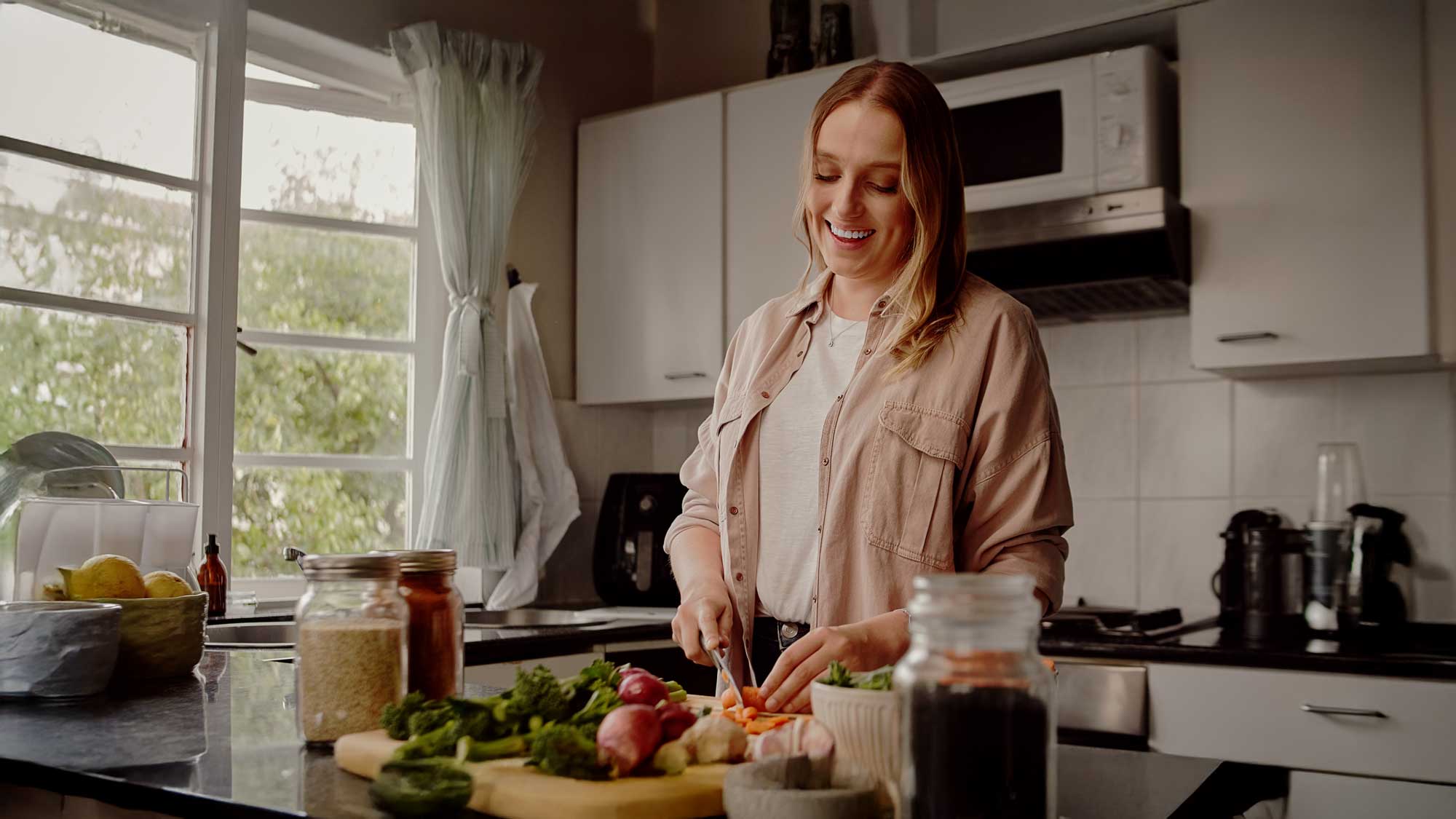Whether we realize it or not, people are creatures of habit. Habits can be good for us: meditating in the morning, selecting the next day’s outfit before bedtime, early morning walks on the weekends. Then, there are the not-so-great habits: Taco Tuesdays that take place Monday through Sunday, couch surfing for hours, the occasional cocktail becoming a daily thing. Once we form habits, they become routines.
Routines often happen automatically: leaving work, driving home, parking the car, checking the mailbox, unlocking the front door, kicking off your shoes—a pattern that’s instinctive. It’s not necessary to think about each step in a routine because each feels natural. But this can prove challenging when we try to evaluate our routines and note what’s not working or beneficial. When we’ve set unhealthy patterns into motion, how do we break them to create healthier routines?
Getting started
To set yourself up for success, start with these tips:
- Build a routine unique to you – One size never fits all, so be open-minded while selecting habits and routines that work best for you. Everyone has different demands. Are you more productive as a night owl? Respect that aspect of yourself when creating your unique schedule.
- Time blocks – Sketch out what a typical week looks like in your calendar. Begin by blocking out times your presence is required: work, school, meetings, obligations, and volunteer time. Next, fill in other items like exercise, errands, household responsibilities, family time, and alone time. Last, pencil in the time-sucks. Be honest—we all have them: TV binge-watching, mindlessly surfing the internet, watching dog videos. When you accurately record where time is spent in your day, you’ll see areas ripe for change. Now choose what to keep, what to part ways with, and what to improve.
- Start small – You don’t have to begin with a complete overhaul of your routines. Week one’s focus can be cutting sugar from your diet to jump-start an exercise program the following week. Rather than go social media cold turkey, what if you set a timer for fifteen minutes? When the alarm sounds, walk away from your phone and pick up a book. Making small changes adds up.
- Make tiny tweaks – You may have built habits into your day you want to keep. If you begin each day with a cup of tea or coffee and want to take up journaling, bypass the morning news and enjoy your morning brew with a pen and a notebook.
- Swap out the old stuff – Consider swapping out old habits with new ones. Instead of flopping on the couch after work, take an online yoga class or go for a bike ride. Rather than reaching for that afternoon candy bar, keep trail mix handy at work.
- Plan, plan, plan – By preparing for the day and setting attainable goals for the week, success is at your fingertips. Creating a concrete action plan of what needs to be accomplished is a must. Plus it feels good to cross items off a checklist when completed.
- Have patience – Forming new routines is a challenge. Give yourself grace on difficult days and remind yourself why positive changes are essential in your life.
- Celebrate successes – When you reach a goal you’ve made for yourself, celebrate! Not with old patterns, like chowing down a box of donuts, but perhaps with those new workout shoes you’ve been eyeing.
At Valley Oaks, we believe taking inventory of your day can offer a fresh perspective in life. If you find yourself in the midst of habits and routines you need help breaking, we’re always here to help.






